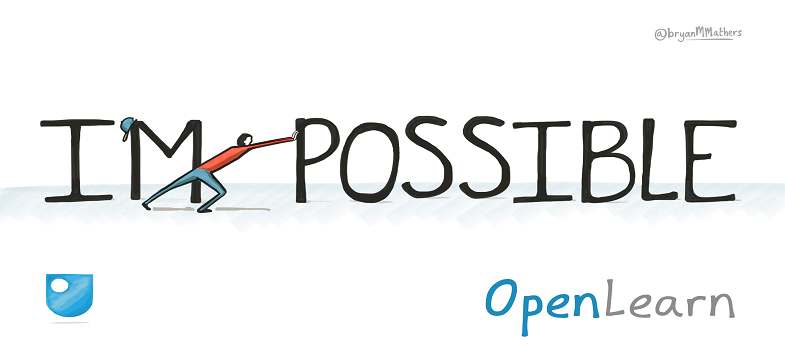4.1 Why reuse other open content in your course?
Rather than producing new material completely from scratch, incorporating existing content into your course can save time and money. Existing material may provide depth and breadth of examples or experience to complement the ideas and material you can write about. You can enrich and improve your course with existing material, especially if you have no budget for creating audiovisual materials.
Material with an open licence brings the additional benefit of being able to reuse it at low or no cost, depending on the terms of the licence. Open content is often openly peer-reviewed during its creation, especially if created using a collaborative process, which increases its quality and the extent to which it supports learning.
Your initial plans for the course and approach to OER might be that you expect to copy and paste without adapting or create material from scratch. You may have the idea that it is somehow ‘wrong’ to adapt content for your specific context, that it should be used without change or not used at all. However if existing content you would like to use cannot be altered to suit the context and the needs of the audience then potentially you will end up with a poorer quality course. For example, you may need to adapt the language or level of a piece of highly technical writing which provides a really useful perspective on the topic to make it more accessible for school aged learners.
Being able to identify whether the material you decide to reuse or remix is licenced for adaption (so doesn’t have a licence including the words ‘non-derivative’) and planning properly for the effort and benefits of adapting existing content is essential.
Introduction
